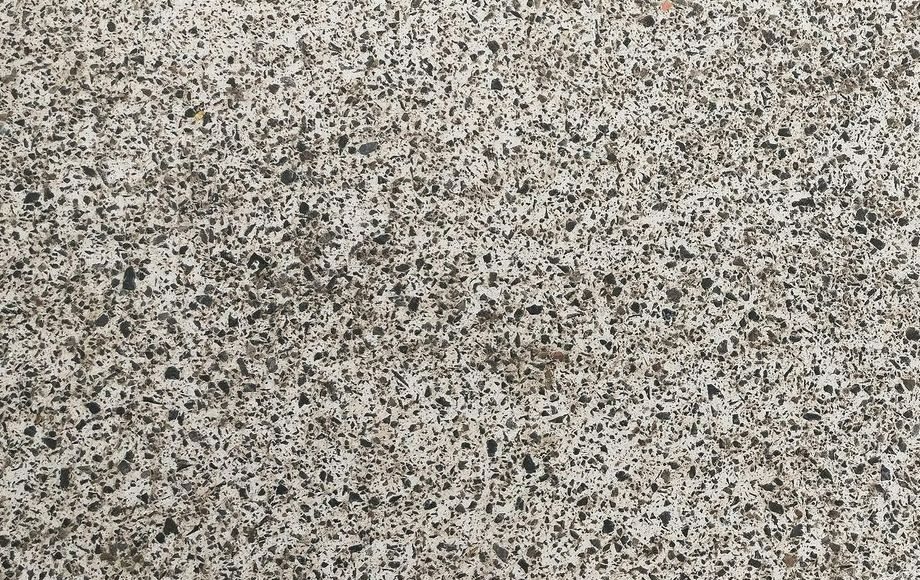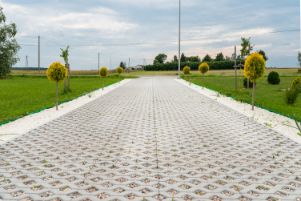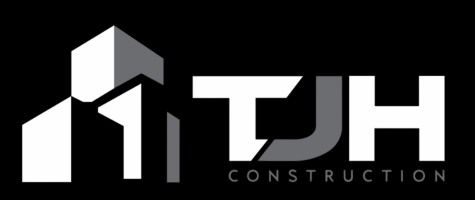Your Guide to Decorative Concrete Flooring in Bendigo

Decorative concrete flooring is the new trend in the flooring world, and it can be a great choice for several reasons. However, there are a few things that you need to consider before you install a beautiful floor. Read on to learn the basics about this type of floor and how to get the look you want.
Staining
If you want to upgrade your floors, consider stained decorative concrete floors. It offers many benefits. Not only does it look stylish, but it also provides durability and longevity.
Stained concrete can be used in a variety of applications, including for outdoor patios, garages, sunrooms, and kitchen countertops. It is a cost-effective solution, as well. Concrete stains are designed to add colour without altering the texture of the concrete.
In addition to its practical benefits, concrete staining is a "green" project. It can be used to recycle waste materials and is an environmentally friendly way to update your floor.
Concrete is durable and can handle high-traffic areas. This makes it ideal for homes and factories. Decorative concrete floors can be installed over existing surfaces, or they can be laid over an overlay.
There are several types of concrete stains, from acid-based to water-based. Acid-based stains react chemically with the surface of the concrete, creating unique effects. These stains are available in a wide array of colours. They can also be used to create a marbled effect or to mimic polished marble.
A clear epoxy can be applied over the decorative overlay, creating a beautiful finish. The epoxy sealer will prevent wear and tear and can help prevent fading.
Staining decorative concrete is a fun and exciting DIY project. However, it is important to understand the products and application techniques before starting.
Stamping
Stamped concrete is a type of concrete flooring that is often used on driveways and patios. It is not only durable but also provides a decorative appearance. The colour of the stamped concrete can be customised to suit your taste. This type of flooring is easy to maintain and can last for decades.
Stamping decorative concrete is a great option for a low-cost landscaping solution. You can use it in many applications, including pool decks, patios, and interior floors. However, there are some things you should know before getting started.
If you are new to stamped concrete, here are some things to consider
For starters, you will want to ensure your area's climate is compatible. This is especially important if you plan to put your stamped concrete on a moisture-filled floor, like a kitchen.
There are many ways to stamp your concrete, including hand-carved blocks, rollers, and even the old-fashioned float. These options will allow you to achieve a variety of artistic patterns and textures.
You can even choose to add an acid stain if you like. A variety of colours are available, from subtle shades to bright hues. Also, a contrasting pattern is possible by mixing multiple colours.
Decorative concrete can add style to your home or business. If you have existing concrete, it is best to use an overlay rather than scraping or replacing it altogether.
Exposed aggregate
When choosing the perfect flooring for your home, it's important to consider the surface type. For instance, if you're building a new home or renovating an existing one, there are several different styles to choose from. Consider exposed aggregate, which adds interest and beauty to a plain concrete slab.
Unlike other decorative concrete types, exposed aggregate is relatively inexpensive to install. It's also durable. Decorative concrete is used for a wide variety of applications, from paving to walkways and even pool surrounds.
If you're looking for a low-maintenance, non-skid surface, exposed aggregate is a great choice. It is durable and resistant to fading. Aside from its visual appeal, it's easy to clean and maintain.
There are two main methods of installing an exposed aggregate finish. One involves cutting off the top layer of cement, and the other uses chemical retarders. Both are effective and fairly simple.
Talk with a professional if you need help determining which method suits you. They can help you decide which style and finish will work best. Also, the cost can vary based on the type of aggregate and the materials needed.
Exposed aggregate has been around for years and is an excellent way to give your property a unique look. As long as you maintain it properly, it will likely last a lifetime.
Splatter textures
There are many options to choose from when it comes to decorative concrete flooring in Bendigo. However, picking the right one for your home or business could make a big difference in the long run. For this reason, you'll want to consider your budget, space, and lifestyle before selecting. Several providers of high-quality, low-maintenance, and affordable concrete floor solutions exist. You'll be surprised at how easy it is to transform a plain old concrete slab into an elegant, durable, and functional work of art. You'll be in good hands if you are looking for a brand-new floor, a quick refresh of your existing concrete, or some bling-bling for your existing tile. Unlike other options, a decorative concrete floor is a sound investment that will last decades. Fortunately, a professional contractor can take the guesswork out of your project. The process is a breeze, and you'll find your sandboxed shindig is in tip-top condition in no time. With that said, here are some things you'll need to know.
Besides the fact that you'll probably need more than a single day to complete the project, you'll also have to consider all existing flooring before starting your project. For example, you'll need to consider if the existing floor is sealed and waterproofed and if the area is already in tip-top shape.
Knock-down finishes
Knock-down finishes are used to coat and protect concrete surfaces. They are usually decorative and offer a smoother, less rough surface.
Knock-down finishes are available in several different types. Among these are splatter, popcorn, and orange peel. While these finishes are relatively uncomplicated in design, they require a lot of skill to apply properly. Therefore, it's best to hire a professional if you are still deciding whether to prepare and apply the finish yourself.
The technique involves a cementitious material mixed with water on the site. When partially dry, this mixture is then "knocked down" with a trowel. During this time, globules of the material are dispensed over the entire surface.
There are many advantages to knock-down finishes, including increased slip resistance. In addition, they are a budget-friendly option. Also, they are resistant to chipping.
Unlike other concrete floors, a knock-down texture finish is easy to apply and lasts long. Moreover, it is suitable for use in both indoor and outdoor areas. It can even be applied on walls, patios, and ceilings.
Decorative concrete flooring is a popular trend in today's homes. It can be a natural stone or tile look or a speckled or polished floor. You can use a colour scheme that suits your decor.
Decorative concrete is also economical, as it's easy to maintain. It's also an ideal solution for areas exposed to daily wear and tear.
Maintenance
Decorative concrete flooring is growing in popularity. These surfaces are easy to maintain and can last for years with proper care. The question is, how do you take care of them?
- It helps to know that the right products will not damage the surface. For instance, ammonia is a bad choice for a cleaning solution. It can etch the surface, and you want to avoid doing that to your concrete. Instead, use a pH-neutral cleaner and water.
- A good maintenance program will also include a refresher coat of sealer every few years. This not only helps prolong the life of your floor but also enhances its appearance.
- A good way to maintain your floors is by using special pads. Some of these include pads to remove dirt from hard floors and pads to reduce wear in heavy traffic areas.
Another good thing to do is to educate yourself on the best maintenance practices for your concrete. You can learn the same from your concrete contractor, who should be familiar with this topic. They should also be willing to teach you.
Depending on the concrete product you have, you may need to change the coating of your floor regularly. That's because different concrete products have different life cycles.
Aside from educating yourself on the best ways to keep your concrete looking its best, you can also ask your contractor about a maintenance plan. They should tell you what finish is best suited for your home.
We hope you found this blog post to be helpful and that you've learned more about decorative concrete flooring. Don't hesitate to get in touch with us. Contact us today at 03 4420 4768
if you have any questions about decorative concrete flooring in Bendigo or if you're ready to get started!
You might also like



FREE INSTANT QUOTE
**plus free bonus coupon**
Contact Us
We will get back to you as soon as possible.
Please try again later.
